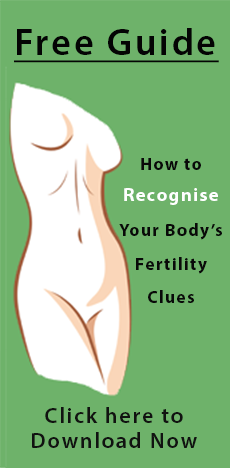The Secret Life of the Female Breast…. PART 1
Do you rip your bra off the minute you get home? How many bras have you got stashed in your top drawer that you never wear?
Why? Too tight? Bad fit?
Many of us assume that our bodies are the wrong shape or wrong size. Is it really our problem? Why is it so hard to find a bra that actually fits? One reason is the notion of ‘static sizing’. Breasts come in all shapes and sizes. There are hundreds of variations and breast size changes regularly.
Breasts are dynamic, not static. Women’s bodies are subject to constant shifts in weight and shape. We pulse with the moon. Many women experience a substantial increase in breast size and sensitivity around the time of their period. Most bras, especially the underwire/push up bras, which have flooded the market in the last ten years, have virtually no ‘give’ or ‘yield‘ that allows for this waxing and waning. They are by definition, static. If your body is dynamic, then it stands to reason that your bra should be dynamic too.
Your bras would serve you better if they behaved like skin and muscle, rather than bone. Breasts were designed without bones for a reason. They are not meant to be immobilised. They are meant to move a little bit to facilitate normal, healthy function. The breast is far more complicated than you may think. It contains a complex lymphatic system and blood supply, not to mention our most valuable global resource – the milk ducts. Breasts need and deserve to be nurtured.
Throughout history, women’s bodies have been shaped to accommodate prevailing fashion. A flat chest in the 192O’s and juggernauts in the 195O’s. The corset has been used as a status symbol for over 300 years, (it meant the wearer did not need to work) despite the fact that it often deformed the rib cage and damaged internal organs. Women were a visible sign of their husbands wealth, both ‘precious and useless’. Many people have wondered why women voluntarily inflict on themselves the pain this constriction causes. Marianne Thesander in her book, The Feminine Ideal, believes that it cannot really be called free choice. Before the 2Oth Century, there were very few alternatives to marriage for women. “The upbringing and education of girls was geared towards marriage and child bearing. If they wanted to bc noticed on the marriage market, they had to be attractive; that is, to live up to the current ideal of beauty. The corset shaped the body so that it met this requirement and women had to submit to the social pressure to wear it.”
Today, most women are obliged to work and, although we may have been liberated from that degree of restriction and confinement, we are still attached to the concept of the ‘perfect woman’s body’ and the desire to manipulate our bodies in order to conform. Women are constantly exposed to the ludicrous notion of an ‘ideal’ – the ‘official breast’ and the ‘regulation bum’. You need to educate yourself about the way you are being influenced by the mainstream media and the marketing strategies designed to intimidate you into buying a product. You need to be aware of the digital enhancing that occurs in all fashion magazines and advertisements. You need to remind yourself that those images are not true representations. You need to remind yourself that your body is worth loving, whatever shape, size or age.
It is not a matter of burning bras and never wearing them again. Most women are more comfortable and less self conscious with a bra on. The issue is what type of bra you choose to wear all day, every day. Underwear fashions have come full circle from the soft cup cotton bras of the 1970’s. Despite forty years of feminism and ‘liberation’, we have returned to corsetry. Even though 60 percent of females are over size 14, we are bombarded with images of underweight girls in push up bras. Most women have been told that they should wear an underwire for ‘proper support’. You have probably been told that if you don’t wear an underwire, your breasts will end up dangling around your knees. Well, if that were true, grandmothers would have had perky little cupcakes, because they wore ‘industrial strength scaffolding’ all their lives. We’ve been conditioned to accept these ideas as truth, simply because they’ve been around for so long no-one can remember who started them.
The saddest part is that it’s just not true. It was a marketing strategy – a brilliantly effective marketing strategy that plays on women’s insecurities about their body image. Many women suffer really uncomfortable ‘support’ bras for years and still end up lamenting ‘droopy boobs’.
The restriction of movement that has resulted from our cultural obsession with ‘proper support’, may be inhibiting our breasts from simply doing what they are designed to do. Fear tactics have been put to good use by advertisers regarding women’s body image. The tacit implication is often that women’s bodies were not designed for movement. So the miracle that is the female human body is ignored. The attitude appears to be “let’s harness those breasts”. They say sex sells, but that only applies to men, it seems that fear sells to women…
To be continued – at Beauty and the Breast Part 2
By Emily Simpson
Emily Simpson is the founder and Managing Director of Bodywise Underwear, which promotes dynamic self acceptance. Bodywise has now closed.

